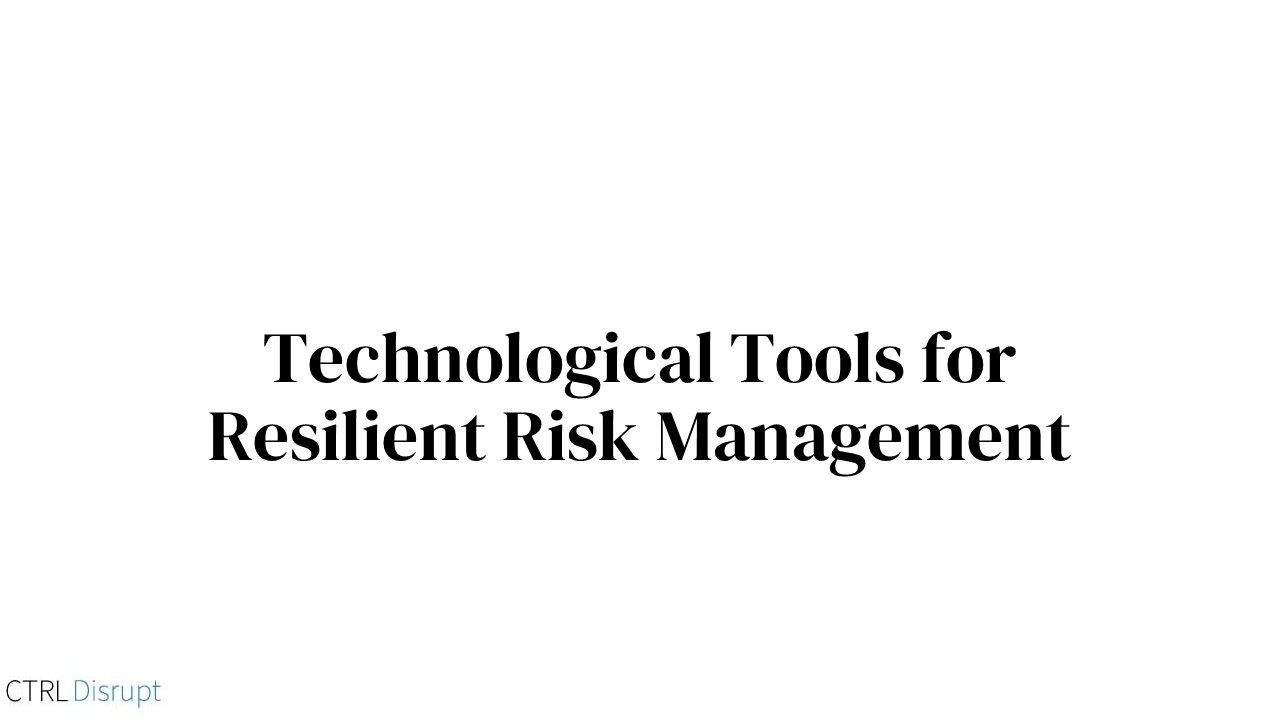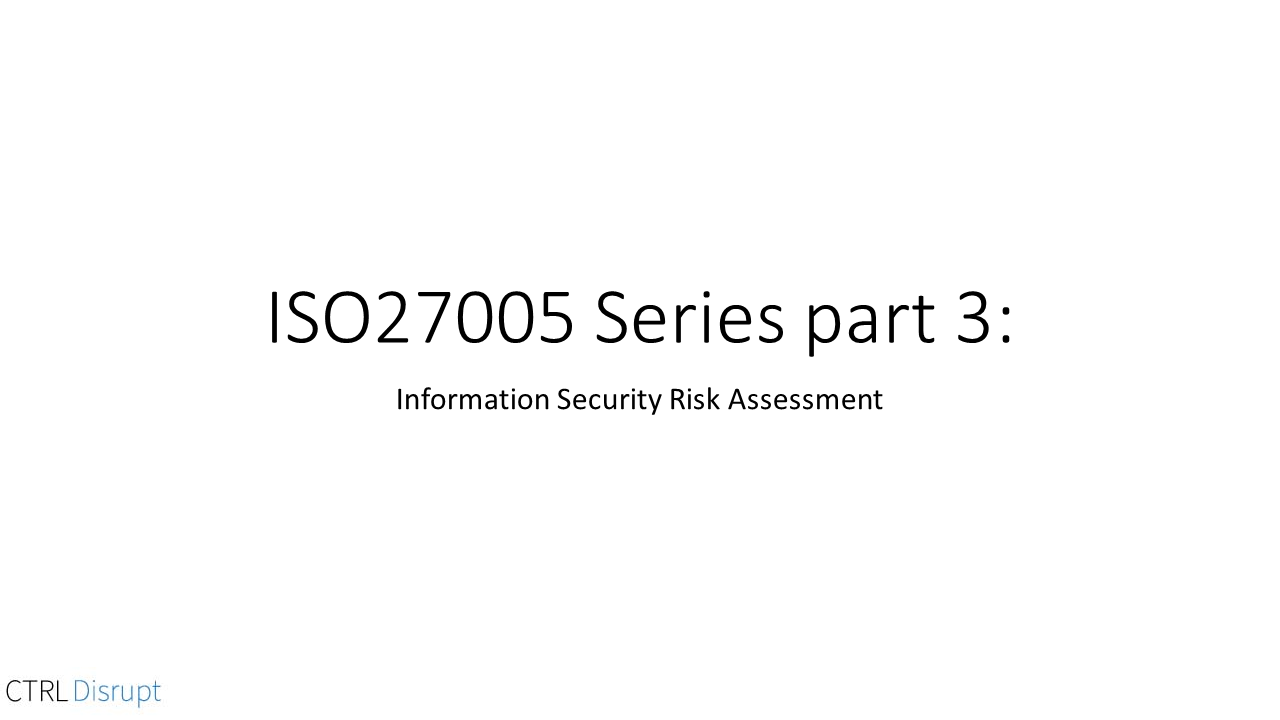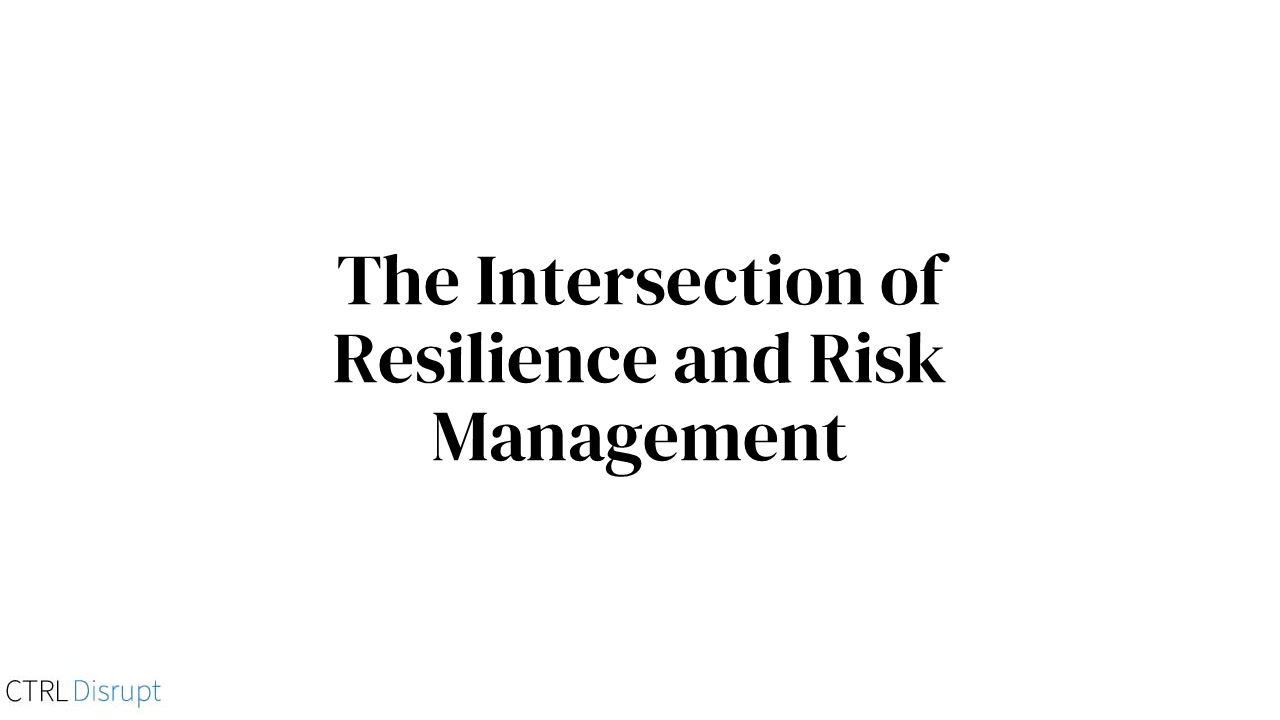Building Resilience through Comprehensive Risk Assessments
In today's volatile business landscape, resilience serves as a cornerstone for organizations aiming for success and longevity. At the heart of resilience is risk management, a discipline that transcends the traditional notion of circumventing threats, it’s about managing both negative and positive risks. Comprehensive risk assessments, as part of this strategic initiative, offer an architecture for businesses to address inherent risks, make informed decisions, and arrive at a manageable level of residual risk. Let's delve deeper into the transformative role of these assessments in fostering resilience.
Identifying Vulnerabilities and Strengths: The Dual Facets of Risk Management
Organizations, irrespective of sector or size, possess inherent vulnerabilities and strengths. Recognizing vulnerabilities paves the way for businesses to preemptively address potential weak points. Conversely, by identifying strengths, they are better positioned to harness opportunities, transforming inherent risks into strategic advantages. This balanced recognition is the crux of effective risk management, leading to a resilient operational foundation.
Steps in Conducting a Thorough Risk Assessment
1. Risk Identification
The primary objective of this phase is to cast a wide net and recognize all potential sources of risk, both negative and positive.
-
Assets Identification
Before understanding the risks, it's vital to identify and categorize assets – be it physical, information, human, or intangible resources. -
Threats and Opportunities Recognition
While threats highlight potential dangers, Opportunities represent areas where the organization can harness opportunities. Both are crucial in determining the risk landscape. -
Existing Measures Review
Existing security measures, controls, and strategies should be inventoried to understand current defenses and enablers. -
Vulnerability and Strength Assessment
Identifying weak spots or areas of exposure that could be exploited by threats or where the organization might not be fully leveraging its strengths. -
Consequences Exploration
Considering the potential fallout – both negative and positive – of realized risks. This involves evaluating potential disruptions, financial implications, reputational impacts, or growth opportunities.
2. Risk Analysis
Once the risks are identified, the focus shifts to understanding the depth and breadth of each risk.
-
Methodologies Selection
Whether quantitative, qualitative, or a hybrid approach, the chosen methodology will define how risks are analyzed. This might be scenario-based, loss-exceedance curves, or expert judgment, among others. -
Assessment of Consequences
Delving into the potential outcomes of each risk. This includes assessing the potential severity, duration, and breadth of impact, whether detrimental or beneficial. -
Assessment of Incident Likelihood
Evaluating the probability of a risk event occurring based on historical data, industry benchmarks, and expert input. -
Level of Risk Determination
By combining consequence severity and incident likelihood, a determination is made regarding the level of risk. This will later inform the evaluation and treatment stages.
3. Risk Evaluation
With a clear picture of the risk landscape, it’s now time to determine which risks need immediate attention and which can be accepted.
-
-
Risk Levels Against Risk Appetite
The determined risk levels are evaluated against the organization's risk appetite and tolerance. The appetite represents the amount and type of risk an organization is willing to pursue or retain, guiding strategic decisions. -
Prioritization
Risks that exceed the organization's risk appetite should be prioritized for treatment. This prioritization can be based on the potential impact, likelihood, or alignment with strategic goals.
-
The Importance of Detailed Risk Descriptions
A detailed risk description acts as a roadmap, offering clarity on the landscape of threats and opportunities. Such descriptions are crucial for a few reasons:
-
Granularity
It enables an organization to understand the intricacies of each risk, ensuring that no facet is overlooked. -
Strategic Alignment
By precisely defining a risk, organizations can tailor their strategies to address it. This means resources, be it time, money, or manpower, are used efficiently and effectively. -
Informed Decisions
When it comes to selecting measures to control or enable a risk, a detailed description offers insight into what's at stake. It allows for a precise evaluation of whether the benefits of a particular measure outweigh its costs or potential downsides. -
Communication
A well-articulated risk description ensures that all stakeholders, from top-level management to operational teams, have a consistent understanding. This shared perspective is invaluable when rallying teams behind mitigation or capitalization strategies.
Templates for Detailed Risk Descriptions
-
Negative Risk Description:
- Threat: The external or internal entity or event with the potential to cause harm.
- Vulnerability: A weakness that can be exploited by the threat.
- Incident: The result of the threat exploiting the vulnerability.
- Asset: The specific asset on which the incident will take place.
- Business Impact: The potential negative consequence or effect on the organization.
Example: A cyber threat (Threat) could exploit a vulnerability in our legacy systems (Vulnerability), leading to an outage (Incident) that affects our e-commerce platform (Asset), potentially resulting in a 20% drop in daily sales (Business Impact).
-
Positive Risk Description:
- Opportunity: The external or internal entity or event with the potential to benefit the organization.
- Strength: A unique capability that can be leveraged by the opportunity.
- Incident: The result of the opportunity capitalizing on the strength.
- Asset: The specific asset on which the incident will take place.
- Business Impact: The potential positive consequence or effect on the organization.
Example: A surge in online shopping trends (Opportunity) can be leveraged by our cutting-edge mobile app (Strength), leading to increased traffic (Incident) to our platform (Asset), potentially resulting in a 30% increase in quarterly sales (Business Impact).
Risk Understanding: Navigating Inherent to Residual Risks
By comprehensively understanding risks – both negative and positive – organizations embark on a transformative journey from inherent to residual risk. Armed with a clear strategy, they can proactively mitigate vulnerabilities and amplify strengths. This journey shapes an architecture of resilience, enabling businesses to weather challenges and capitalize on opportunities alike.
Effective governance is a linchpin in guiding this transformation. It ensures alignment between risk management strategies and overarching organizational objectives. With this framework, businesses evolve into entities that not only understand their inherent risks but also effectively manage their residual risks.
Concluding Thoughts
In the intricate tapestry of business, resilience and risk management interweave to form a robust fabric that sustains enterprises through challenges and propels them toward opportunities. Comprehensive risk assessments, detailed risk descriptions, and a keen understanding of the journey from inherent to residual risks are vital threads in this fabric. As organizations embed these practices into their strategic, governance, and operational DNA, they not only safeguard their assets but also position themselves to seize opportunities in an ever-fluctuating business environment. Embracing this holistic approach to risk ensures that businesses don't merely survive the tempests but thrive amidst them, underscoring the symbiotic relationship between resilience and comprehensive risk management.

 By
By


